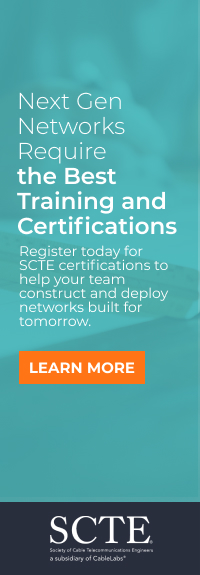AI's Future Depends on What Lies Beneath
At the heart of this shift is the belief that AI systems must reflect the culture and identity of the societies with which they are associated.
operating rooms, factories, and retail spaces, the notion is clear: centralized data centers cannot carry this workload alone. Computation is being redirected closer to the action, enabling
localized processing that reduces latency, honors data jurisdiction, and minimizes bandwidth and cloud overhead.
This exceeds innovation. It is an essential upgrade that is designed to enable organizations to be closer to their data, improve insight generation, and deliver AI systems that satisfy both
performance and affordability. This allows for more adaptable systems and efficient data management as businesses grow.
Securing Sovereignty
Through AI Infrastructure
No longer confined to the server room, this conversation now spans borders. Nations are moving away from outsourcing AI and toward owning their own models, data flows, and intelligence systems. The concept of sovereign AI has shifted infrastructure into a matter of national policy.
At the heart of this shift is the belief that AI systems must reflect the culture and identity of the societies with which they are associated. More specifically, they display the language,
intent, and history of their creators. Countries that opt to outsource their AI demands pose a risk in which foreign AI systems can embed outside assumptions that conflict with their own
values.
This has led countries across the globe to race in the development of domestic Large Language Models (LLMs), data infrastructure, and invest in cutting-edge infrastructure. For these nations, AI
infrastructure is more than a matter of utility; it’s a strategic differentiator.
On the other hand, enterprises are experiencing a comparable shift as they are reevaluating their infrastructure mix. As regulations tighten and concerns over data privacy grow, many are opting
for hybrid and on-premises deployments to ensure greater control over critical data and adherence to legal standards.
Along with this push toward reliable infrastructure comes the need for AI governance. As more AI models are integrated into various industries, AI governance is on the horizon to demand
accountability, clarity, and transparency. This only creates more pressure for AI infrastructure, as they must now demonstrate their capabilities regarding model traceability, inviolable
auditability, and immediate insights into sustainability.
Model traceability refers to the extent to which AI systems must record how and when the data was used to train and calibrate models. Additionally, organizations must also track how they are
tuned, updated, and deployed in production. These logs are then subject to regulatory standards to ensure transparency and accountability.
Inviolable auditability holds organizations accountable, requiring them to verify system-level records that demonstrate how AI decisions are made. More specifically, these models must obtain
these attributes, especially when models begin making decisions with material or legal consequences. This can include input and output mapping, checkpoints, and metadata transparency. These
demands exceed the limitations of traditional IT systems, which place significant pressure on the development of AI infrastructure.
Infrastructure must also deliver live insights into energy use and its carbon footprint as ESG (environmental, social, and governance) mandates continue to expand toward the inclusion of digital
ecosystems. More specifically, as ESG directives expand to include digital ecosystems, organizations are held responsible for reporting the carbon footprint of AI pipelines. That means
infrastructure must deliver live insights into GPU power draw, thermal overhead, and emissions impact, ideally down to the model and workload level.
Effective governance demands integration across the entire AI pipeline from input to reference. It must be incorporated from the initial point of data upload to the moment of model output.
Winning the AI race is no longer defined by who obtains the largest models or extravagant demos. It will be defined by those who architect infrastructure that’s scalable, efficient, sovereign,
and governed by design.
We have now reached an inflection point, where we must pivot and move forward. More specifically, organizations must invest in infrastructure that drives the future of AI or risk becoming a
figment of the past.


















